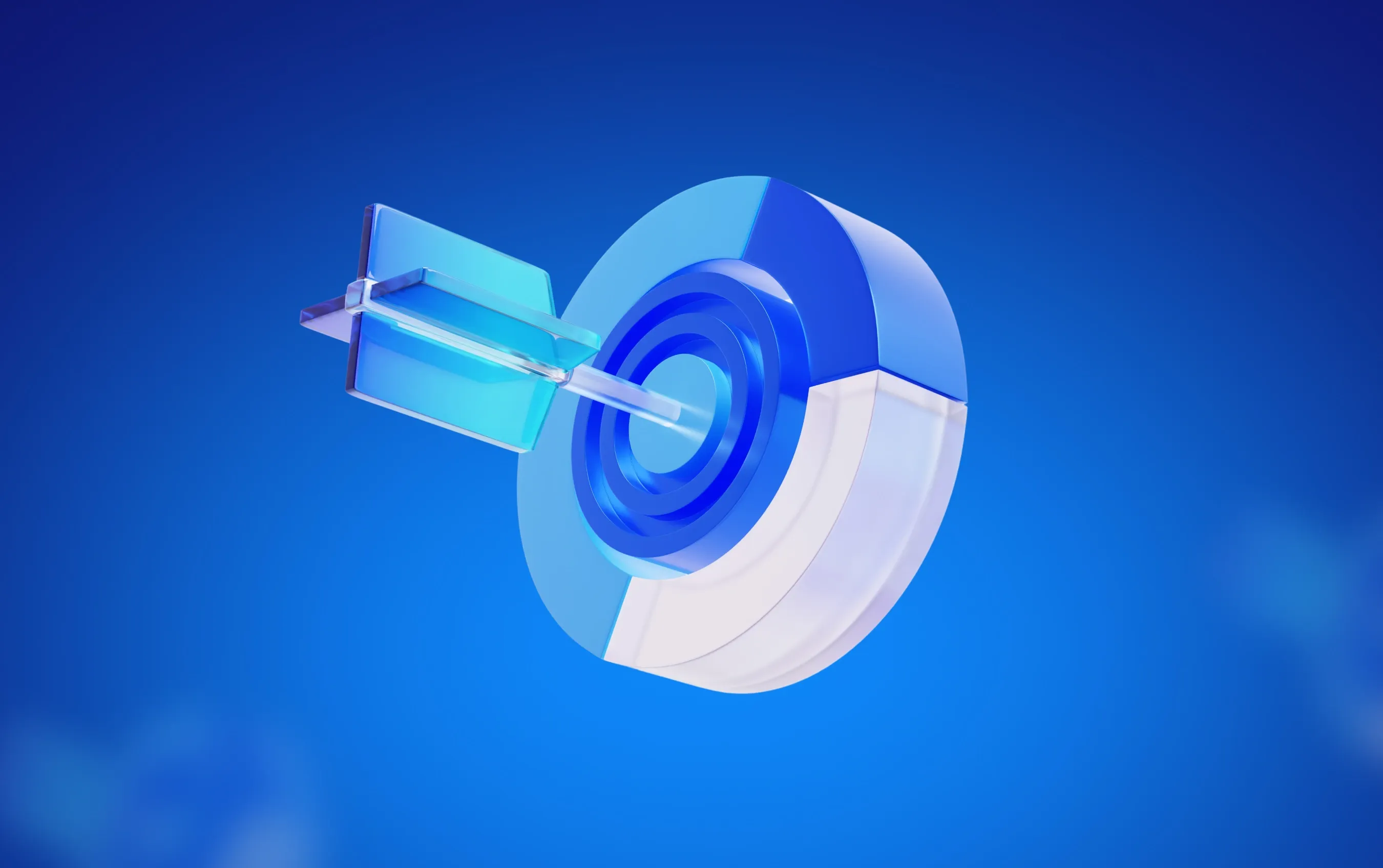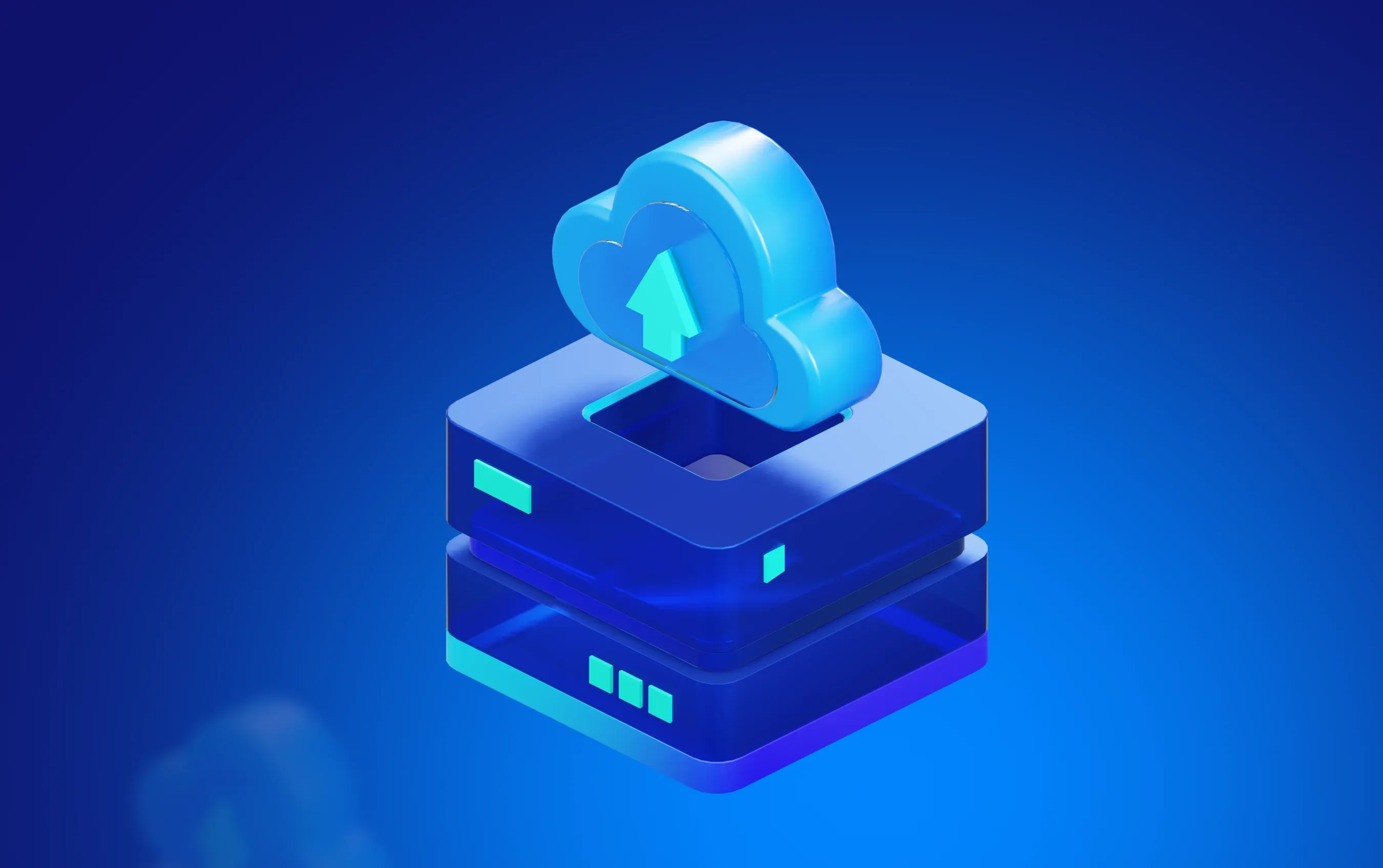In this Article

MCP is a way for AI to remember important details from your past interactions, like your preferences, past questions, or ongoing tasks. It helps AI feel more natural and personal by keeping track of context across conversations.
Not at all. MCP can be useful for anyone building AI tools—startups, small dev teams, and even solo creators. It helps make your AI smarter, more personal, and easier to use, no matter the scale.
Not necessarily. While developers can build custom integrations, many platforms now offer plug-and-play MCP plugins that require little to no coding.
MCP (Model Context Protocol) and RAG (Retrieval-Augmented Generation) both aim to improve how AI accesses and uses external information—but they work differently. MCP is a protocol that lets AIs connect to tools, resources, and memory systems dynamically—kind of like plugging apps into your AI. RAG enhances responses by letting the AI search and retrieve relevant documents during a query.
If you’re seeing MCP in the context of Minecraft, it refers to something completely different: the Minecraft Coder Pack. That version of MCP is a set of tools used by modders to decompile and modify Minecraft's code—not related to AI or Anthropic’s Model Context Protocol. Totally separate worlds—just the same abbreviation.
Previous insight
Next insight






